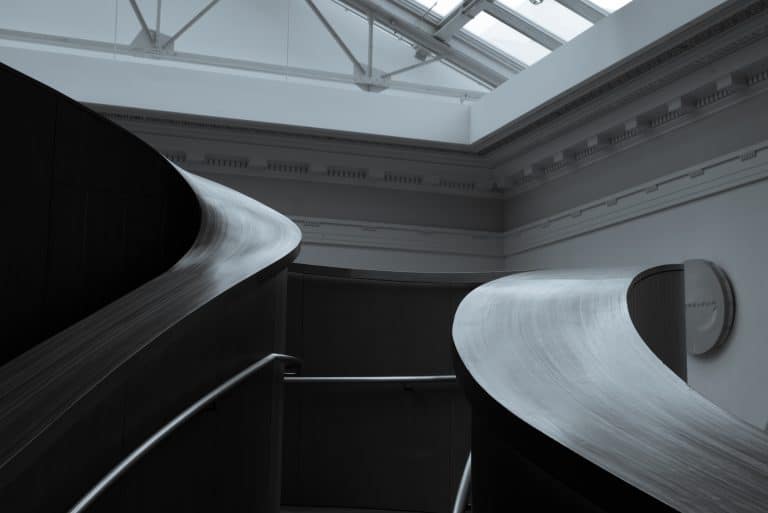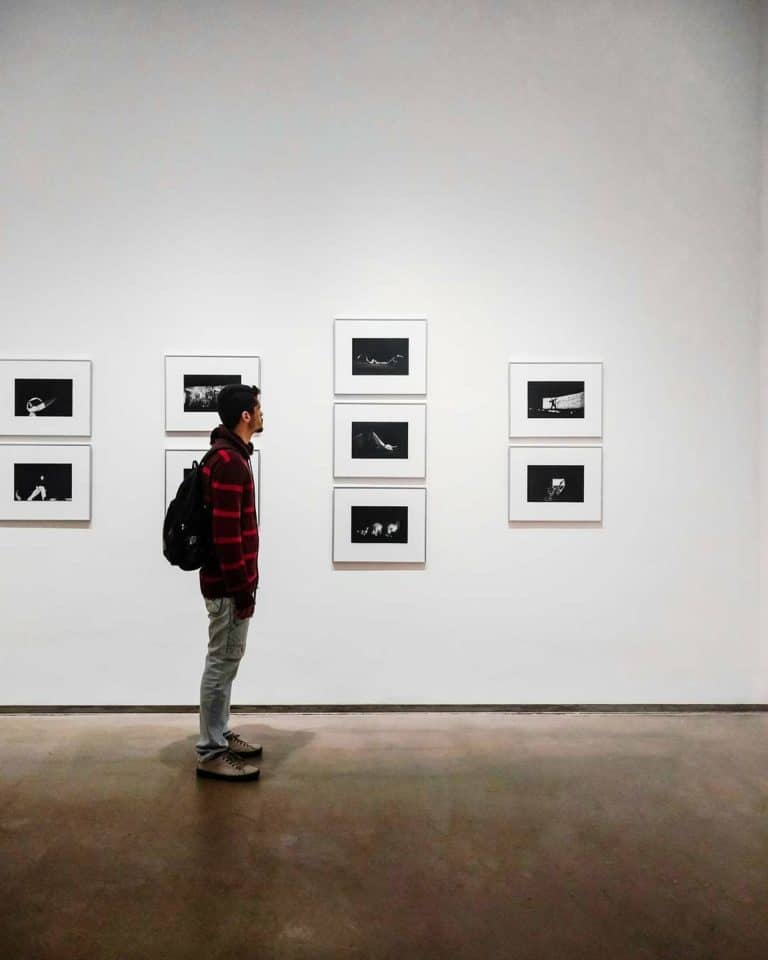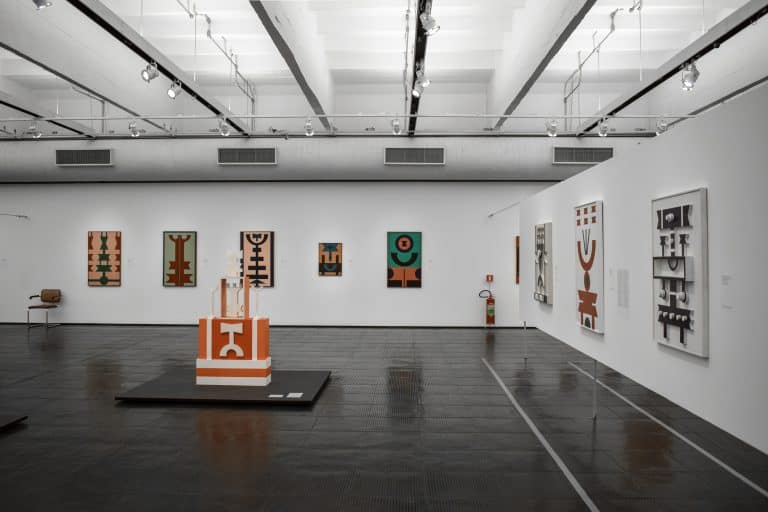How To Create Effective Google Ads For Art Galleries
Powerful Strategies for Art Gallery Ad Success
Art galleries can benefit greatly from online advertising through platforms such as Google Ads, also known as Search Engine Advertising (SEA), and other Pay-Per-Click (PPC) platforms like Facebook Ads and Instagram Ads. Implementing effective online advertising strategies can help art galleries reach a wider audience, increase their online visibility, and ultimately drive more traffic and sales to their gallery.
Understanding Google Ads and Other PPC Platforms
Google Ads, Facebook Ads, and Instagram Ads are popular online advertising platforms that allow art galleries to create ads that are displayed to users who are actively searching for relevant keywords or have shown interest in similar content. These platforms work on a bidding system, where advertisers bid for ad placements and pay only when their ads are clicked, making it cost-effective and measurable for art galleries with varying budget sizes.

Crafting Google Ads Strategies for Art Galleries
To create effective Google Ads campaigns for art galleries, it is crucial to have a well-defined strategy in place. This includes thorough keyword research to identify the most relevant and high-performing keywords related to art galleries, such as “art gallery online,” “art works available,” and “art gallery near you.” Incorporating these keywords strategically in your ad copy and landing page content can improve your ad’s relevance and increase its visibility to potential customers.

Art Gallery Targeting and Audience Segmentation
One of the key factors in creating successful art gallery ads is targeting the right audience. Google Ads and other PPC platforms offer various targeting options such as demographics, interests, location, and behavior, allowing art galleries to refine their audience based on their ideal customer profile. Understanding your target audience and segmenting them based on relevant criteria can help you tailor your ad messaging and increase the chances of reaching potential customers who are interested in art. Combine with the right landing pages and content marketing, leading the audience to the right pages will help convert them into new clients.
Creating Compelling Art Gallery Ads
Creating compelling ad copy is crucial to catch the attention of potential customers and entice them to click on your ad. Your ad copy should be concise, yet informative, and highlight the unique selling points of your art gallery. Using primary keywords like “online art gallery” and secondary keywords like “online art galleries near you” and “online art available” in your ad copy can improve your ad’s relevance and quality score, which can result in better ad placements and lower costs.
Setting Up Art Gallery Campaigns and Budgeting
When setting up art gallery campaigns in Google Ads and other PPC platforms, it’s important to carefully plan your budget to ensure that you are maximizing your return on investment (ROI). Start with a realistic budget based on your advertising goals and track your campaign performance regularly to optimize your budget allocation. Allocate more budget to high-performing campaigns and keywords, and adjust your bids and budgets based on your campaign’s performance data and insights.

Art Gallery Optimization and Performance Tracking
Optimizing your art gallery ads is an ongoing process that requires constant monitoring and adjustments. Regularly review your campaign performance data, including click-through rates (CTR), conversion rates, and cost-per-click (CPC), to identify areas that need improvement. Optimize your ads by refining your ad copy, testing different ad formats and placements, and using ad extensions to enhance your ad’s visibility and performance. Additionally, use tracking tools like Google Analytics to measure the performance of your ads and landing pages, and make data-driven decisions to improve your campaigns’ effectiveness.
Art Gallery Conversion Tracking and ROI Measurement
Tracking conversions is critical to measure the success of your art gallery ads and calculate your return on investment (ROI). Set up conversion tracking in your Google Ads and other PPC platforms to track actions that are valuable to your art gallery, such as form submissions, phone calls, or online purchases. By measuring conversions, you can determine the effectiveness of your ads and make informed decisions about optimizing your campaigns for better results. Calculate your ROI by comparing the revenue generated from your art gallery ads to the cost of your advertising efforts. This will help you understand the true value and impact of your online advertising on your art gallery’s bottom line.

Art Gallery Analytics and Reporting
Monitoring and analyzing your art gallery ads’ performance is crucial for identifying areas of improvement and making data-driven decisions. Utilize the analytics and reporting features provided by Google Ads and other PPC platforms to gain insights into your campaign’s performance. Track metrics such as impressions, clicks, click-through rates, conversion rates, and return on ad spend (ROAS) to understand how your ads are performing and identify opportunities for optimization. Use these insights to refine your ad strategies, targeting, and messaging for better results.
Creating effective Google Ads and other PPC campaigns can greatly benefit art galleries by increasing online visibility, reaching a wider audience, and driving more traffic and sales. By implementing strategic keywords, targeting the right audience, crafting compelling ad copy, optimizing campaigns, tracking conversions, and analyzing performance, art galleries can create successful online advertising campaigns that generate a positive return on investment. Keep in mind that online advertising is an ongoing process that requires continuous monitoring, optimization, and adaptation to changing market dynamics. With the right strategies in place, usually combined with SEO, art galleries can leverage the power of Google Ads and other PPC platforms to achieve their marketing goals and drive success in the competitive world of online art sales.
Build Your Gallery's Newsletter with AWM.
Talk To One Of Our Experts.
Send an e-mail to Emile directly. He’ll get back to you as soon as possible.
Frequently Asked Questions
What strategies can art galleries use to create effective Google Ads campaigns?
Strategies that art galleries can use to create effective Google Ads campaigns include thorough keyword research to identify relevant and high-performing keywords, ad copy that incorporates these keywords strategically, audience targeting and segmentation based on their ideal customer profile, compelling ad copy that highlights unique selling points, budgeting that maximizes return on investment (ROI), and ongoing optimization and performance tracking.
What performance metrics should be tracked when optimizing art gallery ads?
Performance metrics that should be tracked when optimizing art gallery ads include click-through rates (CTR), conversion rates, cost-per-click (CPC), impressions, and return on ad spend (ROAS).
How can art galleries measure the success of their online ads?
Art galleries can measure the success of their online ads by setting up conversion tracking in their Google Ads and other PPC platforms, tracking valuable actions such as form submissions, phone calls, or online purchases, and comparing the revenue generated from their ads to the cost of their advertising efforts to calculate return on investment (ROI).

